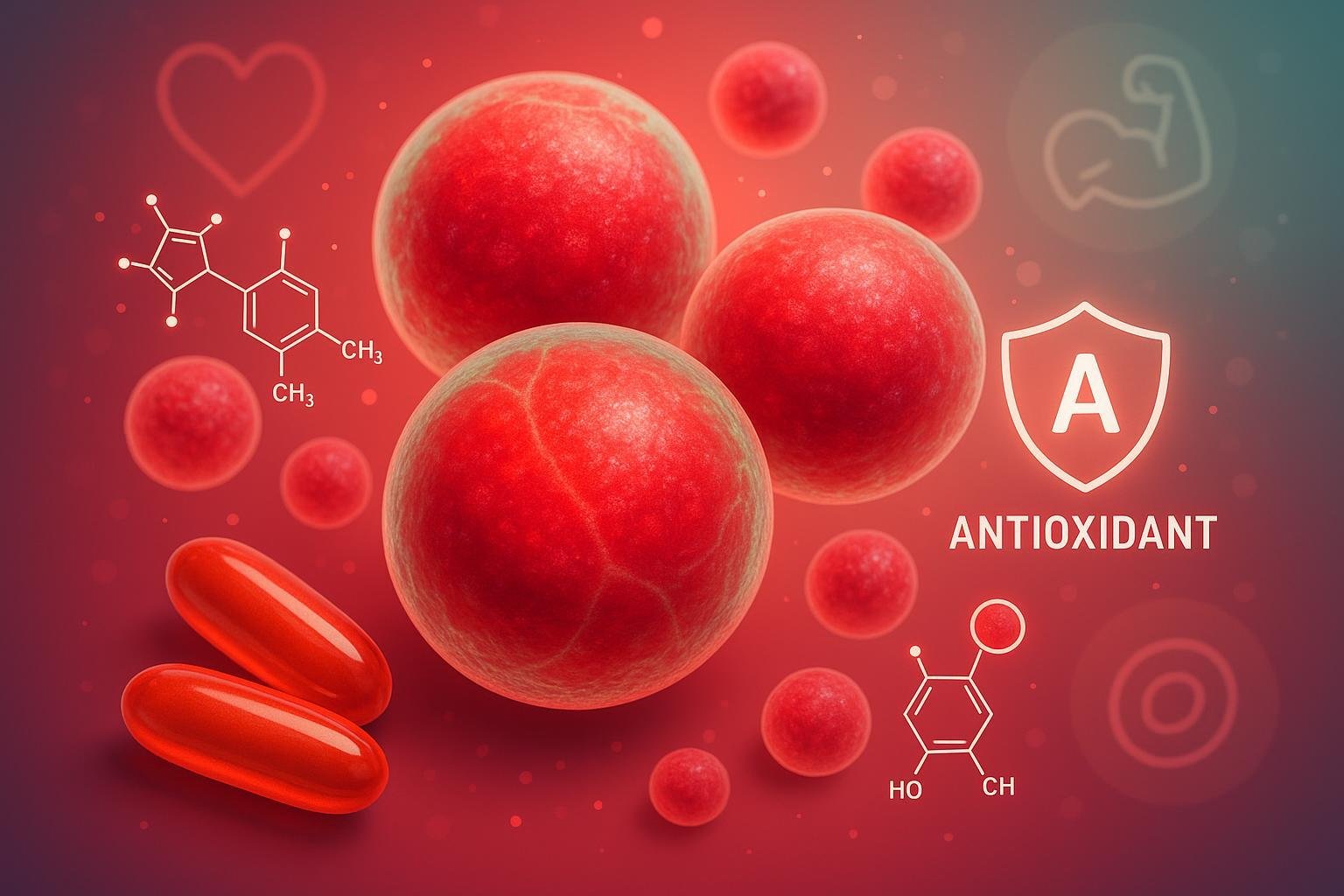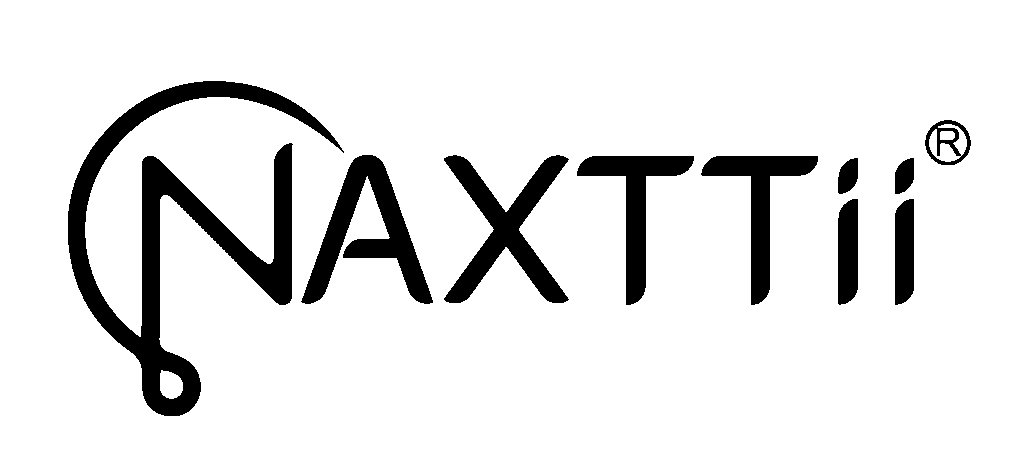What is Astaxanthin? Astaxanthin Definition, Mechanisms & Health Benefits
Table of Contents

Definition: What is Astaxanthin?
Astaxanthin is a naturally occurring red carotenoid pigment best known for its origin in the microalga Haematococcus pluvialis. It is acclaimed in nutritional science for being one of nature’s most powerful antioxidants. Unlike beta-carotene or vitamin A, Astaxanthin cannot convert to retinol, making it exceptionally safe for supplementation.1
How Astaxanthin Works: The Science Behind the Antioxidant
Astaxanthin’s unique molecular structure allows it to integrate into cell and mitochondrial membranes where it can neutralize a wide range of free radicals and reactive oxygen species (ROS). Its conjugated double bonds and oxygenated rings give it the remarkable ability to:
- Quench singlet oxygen (a damaging type of ROS) far more efficiently than vitamin C, vitamin E, or beta-carotene
- Reduce lipid peroxidation and support mitochondrial health Astaxanthin can be up to 65 times more potent than vitamin C in antioxidant capacity, and exceeds vitamin E or beta-carotene multiple times over.1
| Antioxidant | Relative Antioxidant Power (vs Astaxanthin=100) |
|---|---|
| Astaxanthin | 100 |
| Vitamin C | 1.5 |
| Vitamin E | 3 |
| Beta-carotene | 7 |
Evidence-Based Health Benefits
- Skin and Vision Protection: Astaxanthin helps safeguard skin cells from UV-induced aging and maintains healthy vision by combating oxidative stress in eye tissues.WebMD
- Supports Immunity: Research shows improved immune markers and regulation, supporting the body’s natural defense systems.Healthline
- Heart & Metabolic Health: May promote healthy blood lipids and reduce arterial inflammation—a key concern for aging adults.
- Muscle Recovery & Endurance: Athletes value Astaxanthin for reducing muscle soreness and supporting faster post-exercise recovery, partly via mitochondrial protection.
- Men’s Health & Anti-Aging: Studies indicate potential in supporting healthy testosterone levels, endurance, and energy, connecting it to vitality and graceful aging.
Astaxanthin in Supplements—Why It Matters for Quality
Given its potency, natural Astaxanthin from Haematococcus pluvialis is the gold standard—it is more stable and effective than synthetic forms. In supplements, it’s often found in capsules or softgels; optimal clinical doses range from 2–12 mg per day, usually within lipid-rich carriers for best absorption.1
How Naxttii Health Embodies the Science of Astaxanthin
At Naxttii Health, our commitment is to formulating science-backed, high-potency antioxidant blends that support daily health, vitality, and targeted wellness outcomes. The advanced benefits offered by molecules like Astaxanthin inspire our approach to men’s health, anti-aging, immune support, and energy formulas. While Astaxanthin itself may feature in current or future blends, you can trust Naxttii Health’s dedication to quality, clinical validation, and expert selection in every product. If you seek daily wellness solutions prioritized by efficacy and evidence, discover more about our supplement philosophy and advanced antioxidant products.
Safety, Side Effects & Quality Considerations
Astaxanthin is generally recognized as safe—especially in natural, algae-derived forms and within recommended supplement doses. Mild side effects (reddish stool, skin coloration) are rare. Caution is advised for those on immune-modulating medication or with allergies to certain seafoods. Always consult a healthcare provider before beginning new antioxidant supplementation.Health.com
Related Concepts for Deeper Insight
Expand your knowledge of related terms that enhance your antioxidant IQ:
References:
This article is for educational purposes. For personal product advice, explore the Naxttii Health site or consult a medical professional.

Poseidon
Master of Nutritional Epidemiology, University of Copenhagen, Herbal Functional Nutrition Researcher
Focus: The scientific application of natural active ingredients such as Tongo Ali, Horny Goat Weed, and Maca to sexual health and metabolic regulation.
Core Focus:
Men: Use a combination of Tongo Ali (an energizing factor) + Maca (an energy reserve) to improve low energy and fluctuating libido.
Women: Use a combination of Horny Goat Weed (a gentle regulator) + Maca (a nutritional synergist) to alleviate low libido and hormonal imbalances.
Stressed/Middle-Aged Adults: This triple-ingredient synergy supports metabolism, physical strength, and intimacy.
Product Concept:
Based on traditional applications and modern research (e.g., Tongo Ali promotes testosterone-enhancing enzyme activity, and icariin provides gentle regulation), we preserve core active ingredients and eschew conceptual packaging—using natural ingredients to address specific needs.
Simply put: I'm a nutritionist who understands "herbal actives." I use scientifically proven ingredients like Tongo Ali, Epimedium, and Maca to help you make "sexual health" and "nutritional support" a daily routine.
